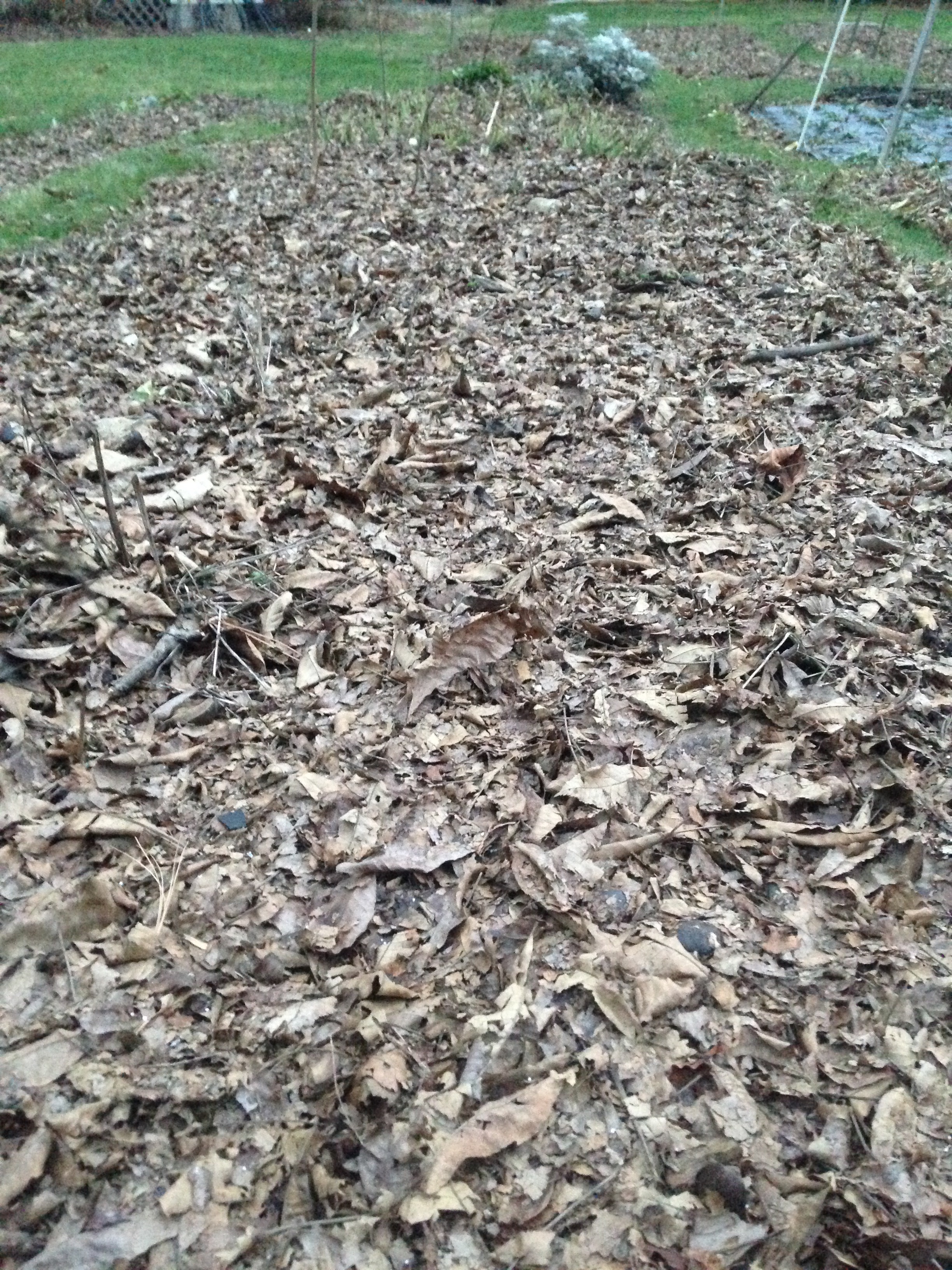Ok... it's been a bit busy around here... and it's going to get busier
Hello, flower lovers. As many of you know, I have been quite lax with blog posts and have been relying on my newsletter to keep you all up to date with flower happenings here at Butternut Gardens. I don’t exactly have a stellar record with getting out many newsletters this year, either, but that is another matter. I hope to get back to blogging because I miss it, and I have heard that many of the Butternut Gardens flower lovers “out there” also miss it. Time is always the limiting factor. Well, this year, rain was a bit of a limiting factor as well. I am not sure I am ready to talk rain just yet. Today had to be one of the first sunny days in months. Boy, did I love it! I have been soggy all season, except for a few weeks sometime in the mix.
So, what’s new here? I did not install the drip irrigation this year. Oh, that’s right, I wasn’t going to talk about rain, but it was such a big factor this season, I seem to have ended up on the subject again. Moving on.. we ventured into corporate pop up shops this year, and had such a fun time bringing wonderfully fresh flowers to a workplace. Imagine walking into a corporate conference room or cafeteria and seeing tables of flowers blasting color and fragrance in every direction! Yahoo. Even better, as purchases were made, gorgeous blooms “wandered” into personal office space and, after work, into homes. I loved it! Totally made my heart soar. Sharing flowers really makes me happy. I keep saying, if others did not enjoy Butternut Gardens flowers and designs as much as I do, I could not have nearly so much fun growing nearly so many flowers or varieties of flowers. So, thank you, one and all, for your continued support (and for your great taste in flowers). If any readers in the Butternut Gardens region (say an hour’s drive to hour and a half’s drive or less) want to have a pop up shop at their work space, please contact me through the contact us page of this website.
A recent pop up shop came with an extra bonus, as new autumn wreath designs were debuted. In the next week or so you will find some totally awesome handmade wreaths - with dried flowers and “silk” - available for purchase through the Butternut Gardens website, and also at some of our retail partners. Each one will be unique. We can ship anywhere in the United States. This is truly exciting from my end as it enables another area of creativity to emerge. Items will be limited this year as we gear up this area of design, but many of you know already how beautiful they are through workshops we have given. Check the website in another week or so for offerings. Also, on Sunday, October 14th, Butternut Gardens will be a vendor at the Fairfield CT Fall Harvest Festival at Fairfield Town Hall Green (10 AM to 4 PM) and these gorgeous new wreaths will be a big part of our display, and will be available for purchase.
Also new this year, Butternut Gardens will again create beautiful handmade winter holiday wreaths. It has been several years since we offered these. Some of you still have magnolia wreaths created by Butternut Gardens years ago. i am most happy to offer these again. Like the autumn wreaths, these will be available online through this Butternut Gardens website and also through some of our retail partners. Please check back here in a week or so and, hopefully, we will be up and running. A few other surprises are also in the offing - can you say, “winter bulbs” to brighten those short-day months? Yes!
Piggybacking on the corporate flower popup shops, Butternut Gardens is working on some in-home flower parties as well. Stay tuned for details.
This year, we have added several “flower partners” to our little flower operation. That means more flowers being grown and more customers having access to our farm fresh flowers. Needless to say, that takes time and lots of hard work. Definitely fun and worth it, but definitively cut into blog time this year. Weddings, too, kept up pace with former years, and kept my communications limited.
All in all, it has been another wonderful flower-filled growing season. It is not over yet. The dahlias are blooming their little heads off right now, and some specialty mums are just about ready to get started. It is, however, coming to a close sooner than later. That does not mean the work ends. It simply means the work changes. Lots of garden cleanup lies ahead. There will come a day when the season officially ends, and I always meet that day with very mixed feelings, but that day is still a couple of months away.
I want to wish you all the best in your gardens for the rest of this season. Enjoy the time in the sun, fresh air and soil. It is very special to have this all at our fingertips.









